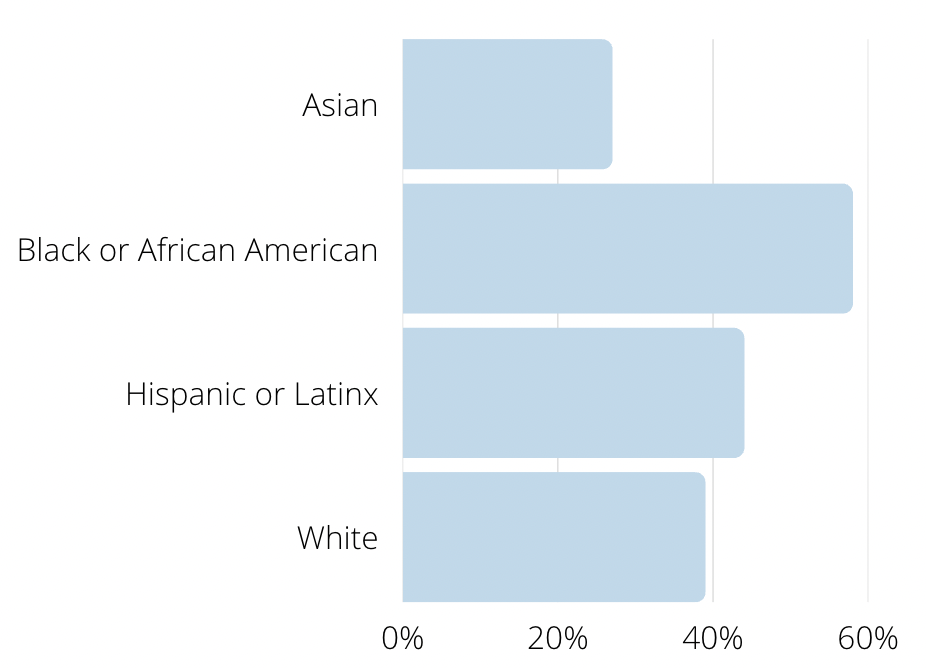Explore the factors that exacerbate New Yorker’s ability to access safe, affordable, and stable housing. This section illustrates our data findings on the impacts of income insecurity, employment changes, caring for children or the elderly within the family, and other socioeconomic factors on the ability to pay for utilities and rent, the propensity to face an eviction, and the access to affordable and safe housing.
Housing Insecurity
Spring 2023
Who is Most Impacted by Housing Insecurity in NYC?
of below median income Hispanic New Yorkers reported SEVERE housing insecurity
of below median income Black New Yorkers reported SEVERE housing insecurity
of below median income New Yorkers reported difficulty affording utilities
*Housing insecurity is defined as difficulty paying rent/mortgage and/or difficulty accessing housing.
**Severe housing insecurity is defined as having at least two of the following indicators: difficulty paying rent/mortgage and/or difficulty accessing housing and/or experienced difficulty finding housing and/or experienced eviction or threat of eviction.
Fall 2022
Difficulty Paying Rent
In the Fall 2022 survey round, respondents were asked if they experienced difficulty paying rent in the past year. Our team found that families with children and households with elderly were most susceptible to experiencing difficulty and are of high risk to housing insecurity.
Experienced Eviction or Threat of Eviction
Black or African American Respondents
Hispanic or Latinx Respondents
Bronx Respondents
In the Fall 2022 survey round, respondents were asked if, in the past year, they experienced eviction or threat of eviction. 22% of Black or African American respondents, 15% of Hispanic or Latinx respondents, and 22% of Bronx respondents reported experiencing eviction or threat of eviction.
Difficulty Affording Utilities (in the Past Year)
By Race:
In the Spring 2023 survey round, the majority of respondents reported experiencing some form of housing insecurity in the past year— including difficulty affording rent and finding housing. A significant portion of these respondents could also be classified as experiencing SEVERE housing insecurity since they reported that they feared or faced eviction.
New Yorkers with below median income faced greater housing access and affordability challenges. In particular, Black and Hispanic New Yorkers with below median income reported experiencing more severe housing insecurity in the city.
By Income:
In the Fall 2022 survey round, respondents were asked if in the past year they had any difficulty paying utilities (e.g. electricity, water, gas). 58% of Black or African American respondents and 44% of Hispanic or Latinx respondents reported difficulty affording utilities, the highest proportions compared to other racial categories. Similarly households below the income level of $12500 experienced the highest burden with 47% reporting difficulty affording utilities.
Financial Difficulties Across NYC
In Spring 2022, respondents were asked about the difficulties they have faced in the past year. These maps show zip codes in New York City where above 25% of respondents from that zip code experienced difficulties paying rent (in green) and paying bills (in blue).









